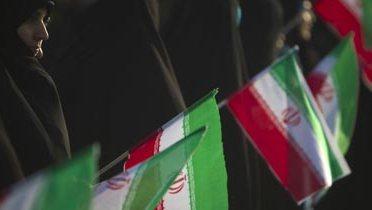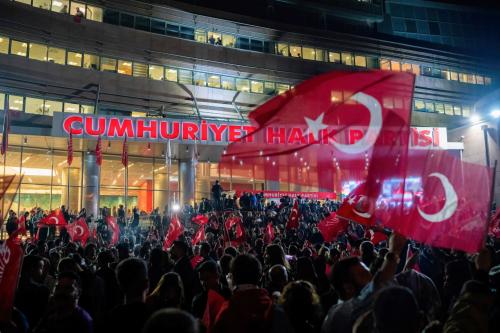INTRODUCTION
One of the many paradoxes of Iranian politics is the role of the clergy as both a supporter and an opponent of social movements. Iran has a long tradition of clerical involvement in popular freedom movements, dating back to the Constitutional Revolution of 1906 and earlier. However, there exists an equally long tradition of influential clerics standing in the way of liberal movements. This historical clash between the conservatives and the reformists among the Iranian clergy lies at the heart of the internal struggles that have gripped Iran since the foundation of the Islamic Republic.
The theoretical differences between the conservatives and the reformists raise existential questions about the nature of Iranian society. Are people primarily bearers of divine duties, or holders of inalienable rights? Is Islam compatible with democracy? Can interpretations of Islam be altered to adapt to societal conditions? The fights over such theoretical issues have expanded into practical clashes between the clerical factions over such issues as human rights, women’s rights, and political and press freedoms. As Iran continues to reel in the political crisis that began with the disputed presidential election of June 12th, 2009, the clash between the conservative and reformist clerics remains central to every development in Iranian political society. Iranian freedom fighters have allied themselves with the clergy dating back more than a century.
Beginning with the Constitutional Revolution in 1906, members of the clergy have lent crucial support and leadership to movements for political reform. Most notably, Ayatollah Ruhollah Khomeini led the freedom movement in the Islamic Revolution of 1979, which ended Iran’s monarchy under the Shah. Even under the Islamic Republic, clerics have played an important role in challenging the religious government. Mohammad Khatami, also a cleric, was at the forefront of the reform movement in 1997. Most recently, clerics such as the late Ayatollah Hossein-Ali Montazeri, Ayatollah Yousef Saanei and Hojjatoleslam Mehdi Karroubi supportedthe Green Movement that emerged during the presidential elections on June 12th, 2009.
For generations, while Iranians have formed their freedom movements with the support of the clergy, it has also been true that other clergy members have stood in the way of such efforts. The Islamic Revolution of 1979 produced two distinct groups of clerics: those who support the promotion of civil society and those who do not. This split between moderate and radical factions within the clergy became more pronounced in 1997 under Mohammad Khatami’s reformist government and led to a widespread political crisis that reached a boiling point in June 2009. As this paper will demonstrate, the 2009 election is a testament to the significant role that religious scholars on both sides have played and will continue to play in determining Iran’s political landscape. Now that more than a year has passed since the 2009 election, the clash between the two views remains. As this crisis continues, religious scholars will play a central role in the political transformations that will determine the future of Iran.


